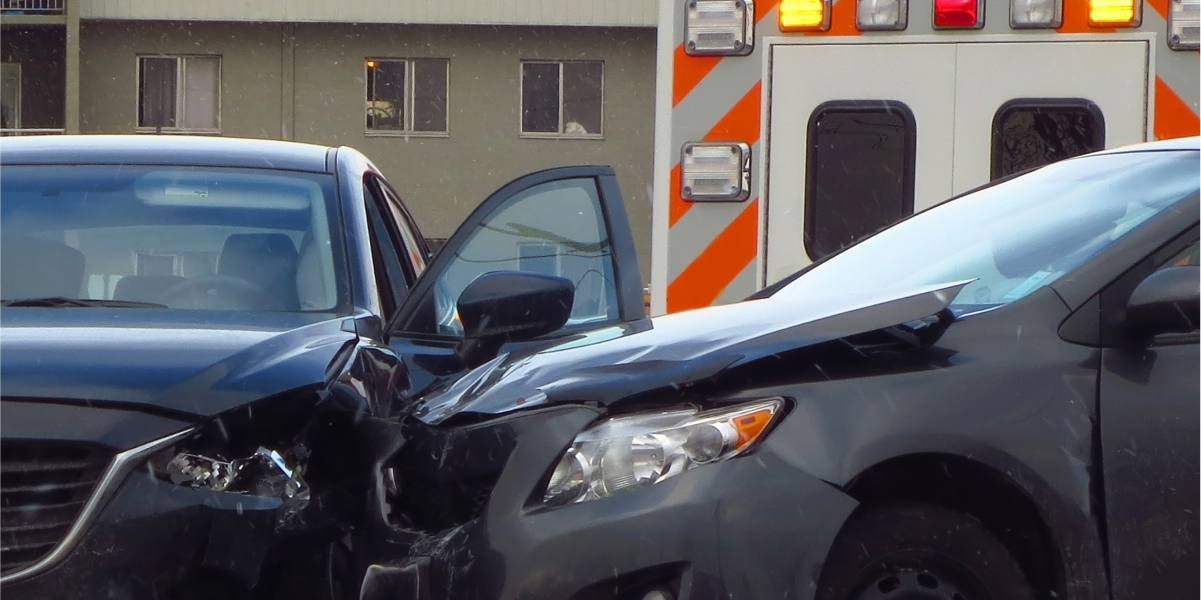Attorneys Discuss How Occupants Of Passenger Cars Are A Significant Risk Of Death Or Serious Injury
The National Highway Traffic Safety Administration (NHTSA) released the results of its expert analysis of passenger vehicle safety trends from 2015. The NHTSA defines passenger cars as the typical car most of us own but includes SUVs, vans, and pickup trucks within that definition, as well as any other vehicle that weighs less than 10,000 pounds. The data analysis performed by the NHTSA revealed some interesting, and disturbing trends, in passenger vehicle safety, or lack thereof, depending on your perspective.
The raw data tells a story of carnage and loss on America’s roads. For example:
- 22,144 passenger vehicle occupants died in crashes in 2015. An estimated 2.18 million people suffered injuries in motor vehicle crashes in 2015 as well.
- Among those killed in passenger vehicle accidents in 2015, 56 percent were riding in passenger cars, and 44 percent were in light trucks.
- Passenger vehicles account for 93 percent of all registered vehicles in the nation and 90 percent of all vehicle miles driven. In 2015, there were 44,886 vehicles involved in fatal accidents. Among that number 78 percent or 38,209 were passenger vehicles.
- Fatality rates rose four percent per every 100,000 registered vehicles from 2014 to 2015. Fatalities in light trucks increased significantly. Deaths in van crashes rose 11 percent; SUV deaths rose four percent, and light truck deaths rose three percent.
- Eighty percent of all people ejected from passenger cars in 2015 were killed.
- Roll-over accidents were deadly in 2015. Forty-nine percent of all SUV rollovers resulted in a fatality; forty-three percent of roll-over accidents involving pickup trucks caused at least one death; twenty-eight percent of rollover accidents involving vans lead to at least one person killed, and at least one person died in 23 percent of all passenger car rollover accidents.
- In head-on collisions with a light truck, an occupant of a passenger car was 3.1 times more likely to die than the occupant of a light truck.
- Pickup truck drivers were involved in 22 percent of all fatal DUI crashes. Comparatively, 21 percent of all DUI deaths involved a passenger car, 20 percent of fatal DUI wrecks involved an SUV, and eight percent involved a van.
- 11,070,000 vehicles were involved in a crash in 2015 in which police were called. Ninety-six percent of those or 10,656,000 were passenger vehicles.
Further analysis shows that seatbelt use correlates to lower death rates. Forty-eight percent of the passenger car deaths in 2015 were unrestrained occupants. Ejection, whether full or partial, remains the most serious and potentially lethal event in a car crash. About two percent of all people completely ejected from a passenger car survived the event and only three percent of people completely ejected from any passenger vehicle survived. Additionally, only two percent of all occupants partially ejected from any passenger vehicle survived crashes according to the NHTSA.
The small silver lining in this very dark cloud can be found in the statistics from rollover crashes. Occupants of passenger vehicles are surviving rollovers at a higher rate than in years past. However, the number of fatalities caused by rollover accidents rose slightly from 2014 to 2015.
In Georgia, there were 1,007 fatalities involving the occupant of a passenger vehicle. The statistics showed that:
- 561 passenger cars or 56 percent were involved in fatal crashes;
- 184 or 18 percent of SUVs were involved in fatal crashes;
- 212 or 21 percent of fatal accidents involved pickups; and
- 50 or 5 percent of fatal wrecks included vans.


